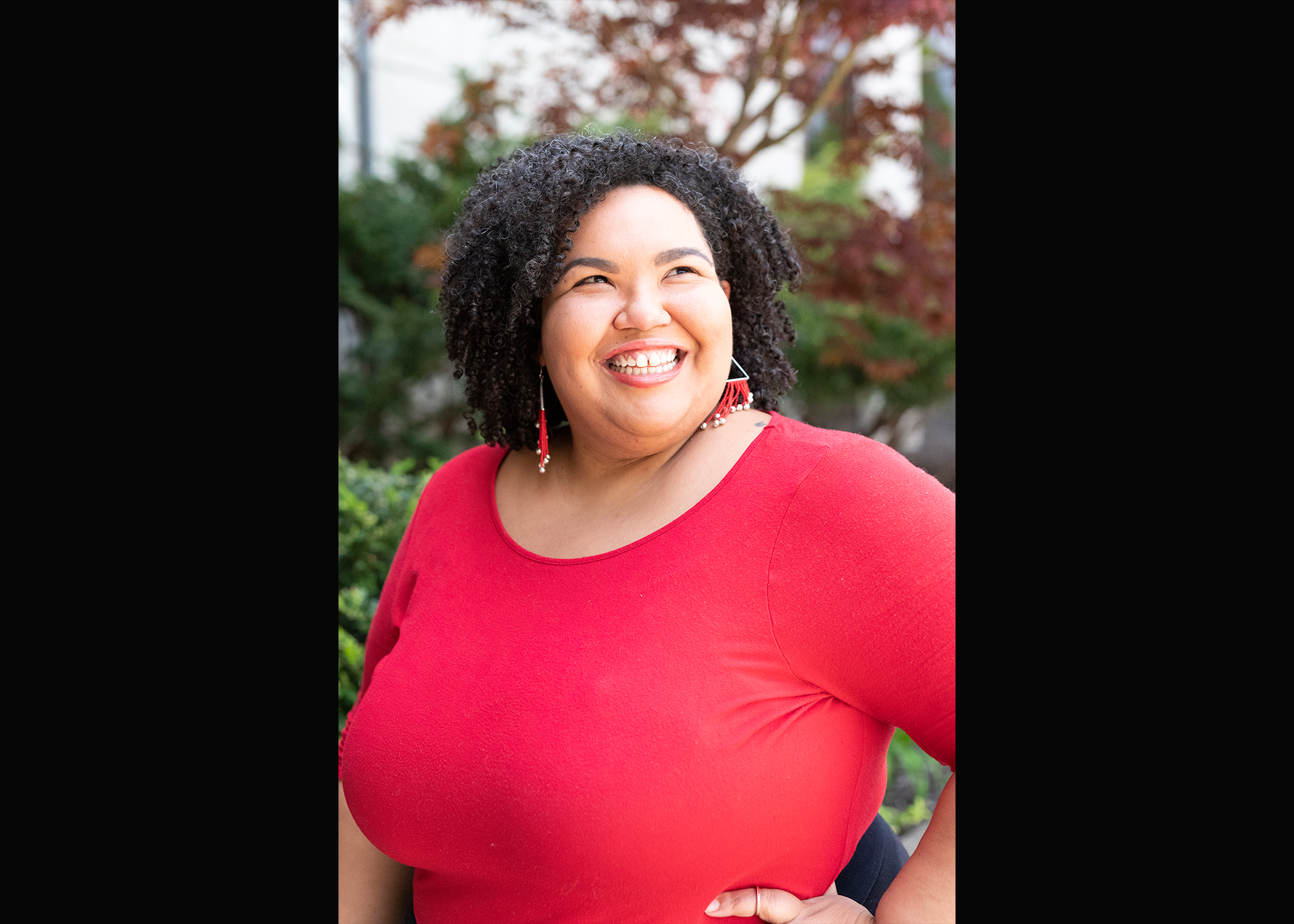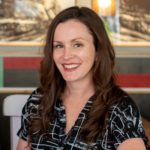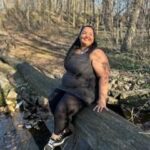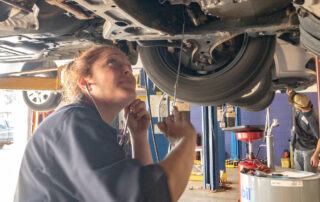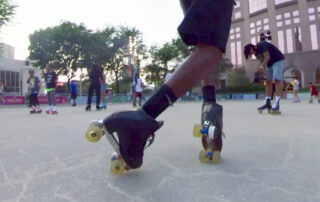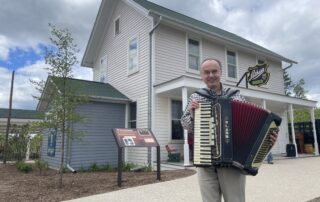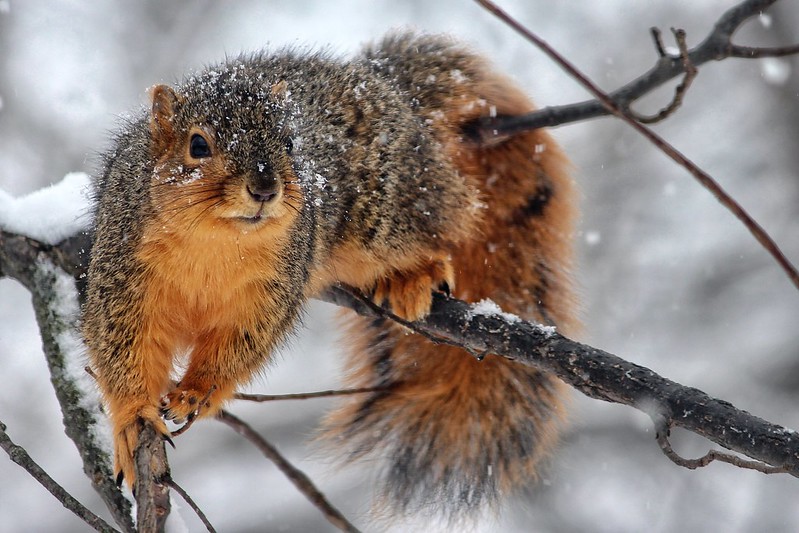Feeling like you’re different from your peers can have a big impact on your self-acceptance.
But as Miriam Brabham of Green Bay tells us, a nurturing community helped her learn how to love her hair.
She shares her story as part of the “Home Is Here” project, which amplifies the voices of the growing number of Black, Asian, Native American and Hispanic residents who call northeastern Wisconsin home. The project is part of the NEW News Lab – a local news collaboration in northeastern Wisconsin made up of six news organizations.
==
Traumatized curls
When I was a young, I hated my hair. It spent most of its time tightly pulled into lopsided buns surrounded by a halo of curly fly-aways. In those early years, my curls were traumatized; they were dehydrated and unappreciated and they were a visual reminder of what I didn’t know and how I didn’t fit in.
As a Multi-Ethnic Black girl, who was also a Messianic Jew, 9-year-old me saw my curls as yet another thing that othered me. At a north Chicago YMCA, I would watch the other girls after swim class with envy, passing small combs through their wet straight hair. They would sigh and huff as they started from the top of their heads and found resistance at the ends. These girls would finish detangling their whole head in five minutes. They would remove several stray hairs from their combs and return the combs to swim bags and purses.
After swim class, I didn’t have time to wash my thick hair. While the smell of Pantene and Suave filled the air, I used the water to help me gather my curls into an out-stretched scrunchie. These rebellious curls, stinking of chlorine and a lack of information, would begin to clump together into impossible knots, almost as if they were so suffocated by the world they coiled together for comfort. As the other girls were blow-drying their hair in easy swift motions, I would put on a headband to catch rogue drops of water refusing to absorb into my dry, cracked scalp. I hated my hair. It was time, effort and a major contributor to my imposter syndrome collection — not white enough, not black enough, not Jewish enough, and yet too much.
My hair felt fraudulent, like it was supposed to be on someone else’s head. Someone who would know to lather the ends and to work their way up to the root with a wide tooth comb. I was unprepared and unaware that it was me coiling hatred and trauma into my hair.
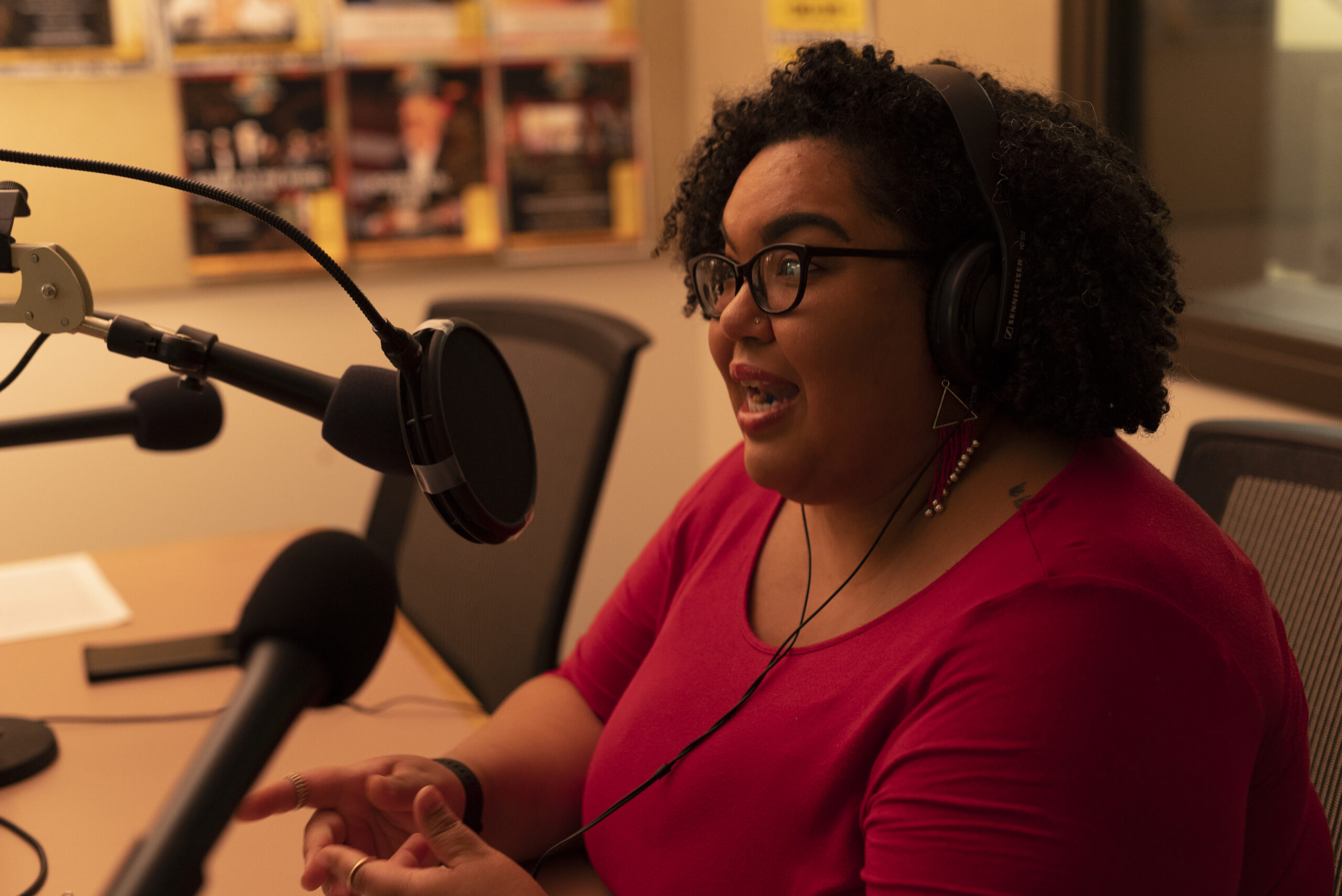
Miriam Brabham of Green Bay, Wisconsin talks about learning to love her curls with time and hair oil. (Photo by Laura Henderson)
As I got older, the war with hair became bitter — temporary dyes, perms, and massive amounts of heat were met with spilt ends, chemical burns, and tension alopecia. Big chop after big chop left me at a shady hair-braiding salon under the tracks on the northside of Chicago, where a woman used nail glue instead of hair glue in some overpriced box braids. Cutting out multiple braids, explaining why you shouldn’t say good hair, and having monoracial people laugh at my ignorance left trauma residue all over my coils.
The age of peace began when I started talking nice to my hair instead of verbally berating it, and subsequently myself. I learned so much about my hair while I was studying abroad in Botswana, Africa. The people there were not shy or reserved in their comments and suggestions. They also didn’t see me as separate from themselves. I just didn’t know how to do my hair. The Batswana taught me to love myself and my hair, but a Swedish beauty — named Sonya — taught me to wash my hair once a week.
I began to see my curls as an intrinsic part of myself. These curls can be playful springs that bounce in a sweet summer breeze, or they can be strong wide coils that keep the moisture to themselves and observe from scarves that set them on high. These curls can refuse to be tamed and go their own way laughing at edge control and headbands alike or they can lay gently around my face leaving people to question my age. These curls define themselves and can easily change depending on the day and humidity. They have personality, and not shockingly, it is very similar to my own.
So yes, there is trauma, wrapped up in these curls. But like trauma in any of us, I am healing with love, time, and hair oil.
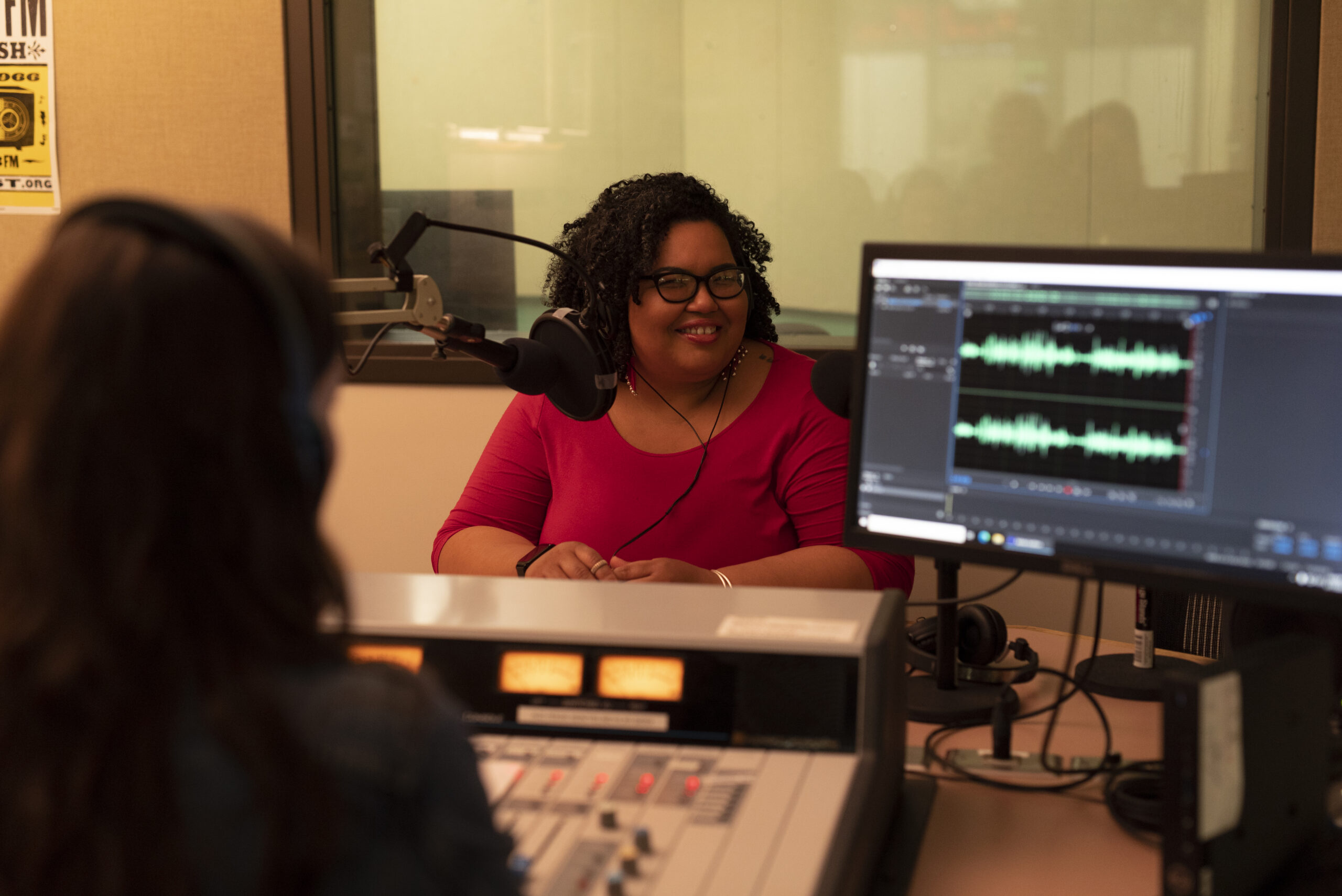
Miriam Brabham records her story for the “Home Is Here” project in Wisconsin Public Radio’s Green Bay studios on May 17, 2023. (Photo by Laura Henderson)
Miriam Brabham of Green Bay, Wisconsin is a Multicultural Student Success Manager at the University of Wisconsin- Green Bay. Brabham is also a co-host for “The Biracial Effect,” a podcast about the Biracial Experience in the United States. “I really wanted to be a part of a podcast that I wished my parents could have listened to when I was little,” said Brabham. “While the podcast isn’t just for parents, it offers an inside look at what it means to be biracial, interracial, or multiracial.” “The Biracial Effect” has all nine episodes out now on Spotify, please send questions or topic ideas to thebiracialeffectpodcast@gmail.com.
==
MUSIC: “Brown Skin Girl” by Beyoncé, Blue Ivy, SAINt JHN, and Wizkid
